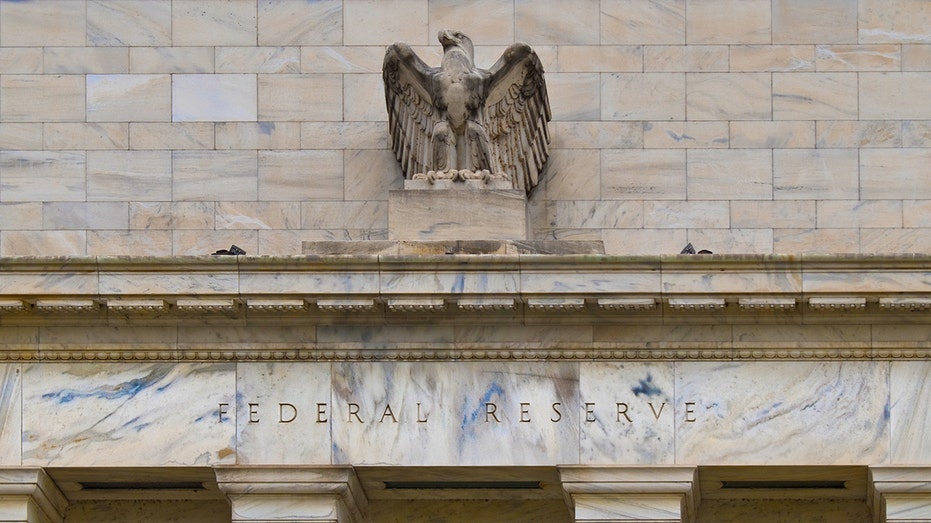Federal Reserve Chairman Jerome Powell on Thursday said that the central bank’s framework for setting monetary policy may need to be adjusted to account for the possibility that supply shocks will become more common given the difficulties they pose for policymakers.
Powell delivered remarks at the Federal Reserve’s Thomas Laubach Research Conference and said that the central bank’s policy rate – the target range for the benchmark federal funds rate – could be higher in the future because of the potential for volatility with inflation and supply shocks occurring more often.
“Many estimates of the longer-run level of the policy rate have risen, including those in the summary of economic projections,” Powell said. “Higher real rates may also reflect the possibility that inflation could be more volatile going forward than during the inter-crisis period of the 2010s.”
“We may be entering a period of more frequent and potentially more persistent supply shocks – a difficult challenge for the economy and for central banks,” the chairman added.
TRUMP LOBBIES ‘TOO LATE POWELL’ TO CUT INTEREST RATES
Powell noted that the Fed’s policy rate is currently well above the “lower bound” of cutting the policy rate to zero – it currently sits at a range of 4.25% to 4.5% – and that the central bank has historically made significant cuts during times of recession.
“While our policy rate is currently well above the lower bound, in recent decades we have cut the rate by about 500 basis points when the economy is in recession. Although getting stuck at the lower bound is no longer the base case, it is only prudent that the framework continue to address that risk,” Powell said.
GOLDMAN SACHS SAYS UNDERMINING CENTRAL BANK INDEPENDENCE HAS ECONOMIC REPERCUSSIONS

The Federal Reserve and other central banks face policymaking constraints when the policy rate is near zero, as it negates their ability to cut interest rates to stimulate the economy amid a downturn.
Powell also discussed how keeping longer-run inflation expectations anchored at the Fed’s 2% target will remain a key part of the Fed’s policymaking framework, saying that while some aspects of it “must evolve, some elements of it are timeless.”
FEDERAL RESERVE HOLDS KEY INTEREST RATE STEADY AMID ECONOMIC UNCERTAINTY

He noted that its importance became clear during the Great Inflation, from the 1960s to 1982, and that it helped foster the Great Moderation of the mid-1980s to mid-2000s when there was relatively low economic volatility.
“Policymakers emerged from the Great Inflation with a clear understanding that it was essential to anchor inflation expectations at an appropriately low level,” Powell explained. “During the Great Moderation, well-anchored inflation expectations allowed us to provide policy support to employment without risking destabilizing inflation.”
“Since the Great Inflation, the U.S. economy has had three of its four longest expansions on record. Anchored expectations played a key role in facilitating these expansions. More recently, without that anchor, it would not have been possible to achieve a roughly 5 percentage point disinflation without a spike in unemployment,” Powell noted.
Read the full article here









